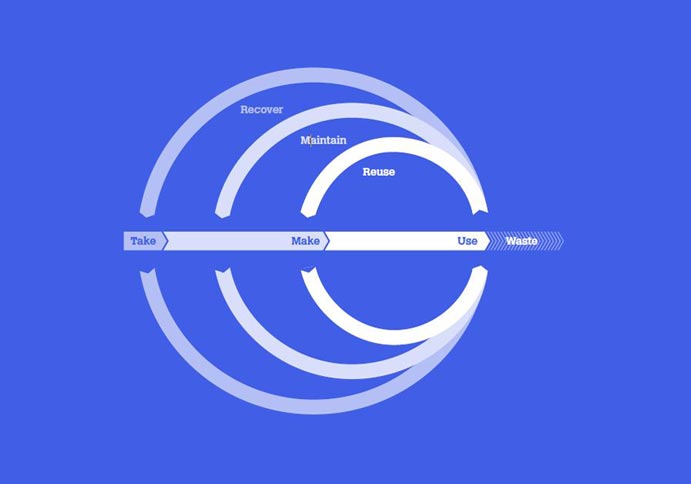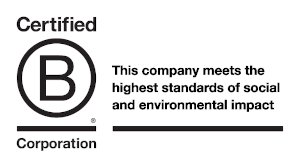Five steps to success for a Circular Economy in the built environment
The delivery of projects in the built environment is a complex undertaking. As a result, the sector is defined by clear and structured processes to be successful in coordinating design and construction activities while minimizing risk. Clarity and structure are even more pertinent in the context of the Circular Economy, which challenges the deeply engrained, linear ‘Take, Make, Waste’ model that underpins most economic activities.
In this blog, we propose a model to help your organisation or construction project develop and deliver Circular Economy solutions.
1 Engage early to develop a strong brief
To move towards a Circular Economy, we need clients who are open to the idea and are willing to test different approaches. When exploring Circular Economy opportunities, be sure to consider the impacts on the overall project and identify specific co-benefits such as faster delivery, decreased whole-life cost, lower risk, reduced carbon emissions and positive impact on the local community. Establish facts that will encourage the client to commit to exploring opportunities and embedding their commitment in the brief. This will demonstrate industry leadership, develop knowledge and build resilience within the organisation.
2 Set a strategic direction, metrics and targets with the whole team
Commission audits or feasibility studies to identify the potential for retrofit, refurbishment or recovery from demolition.
The industry usually prescribes project requirements to a great level of detail that limit opportunities for evolving and innovating beyond known solutions. Setting more descriptive performance requirements will enable the team to take a more exploratory and flexible approach to delivering the Circular Economy.
Where specific targets are developed, these should link to other project ambitions such as low-carbon, low-waste, etc.
3 Reach out to suppliers, contractors, users to identify opportunities
Find a team that can bring the right mindset and capabilities to innovate. It is important to clearly communicate to your potential partners what Circular Economy approaches you want to follow and what the objectives and targets are. Including questions on the Circular Economy in the procurement process is a powerful mechanism to do this.
4 Develop and test the business case
The Circular Economy is a still a new model in many sectors, so it requires innovation and collaboration to make it happen. It will be essential to work in closer partnership, be prepared to use new products and systems and procure in different ways such as leasing, sharing or product-as-service arrangements. Push your team to not settle for mediocrity when testing proposals and developing the business case.
5 Monitor, report and improve throughout the delivery process
Putting Circular Economy principles into practice often goes hand-in-hand with innovation and deeper changes to the status quo. This usually means that organisations and projects move into unchartered territory.
It will be much easier to navigate with a robust mechanism for assessment against pre-defined success criteria. More importantly, this mechanism must be progressive throughout the project rather than a review towards the end. This will enable the organisation to gain early insights of what works and what doesn’t and allow the team to make adjustments. This is a learning process, so the more feedback the better.
Part III of this series will focus on the development of effective Circular Economy policy and working on strategic approaches for local authorities, cities and regions. Please follow #usefulprojects_circular on LinkedIn where you will hear about it first.
Download our Circular Economy Portfolio (3.6MB PDF)
Part III – Ground breaking Circular Economy planning policy
Part IV – Infrastructure and the Circular Economy




